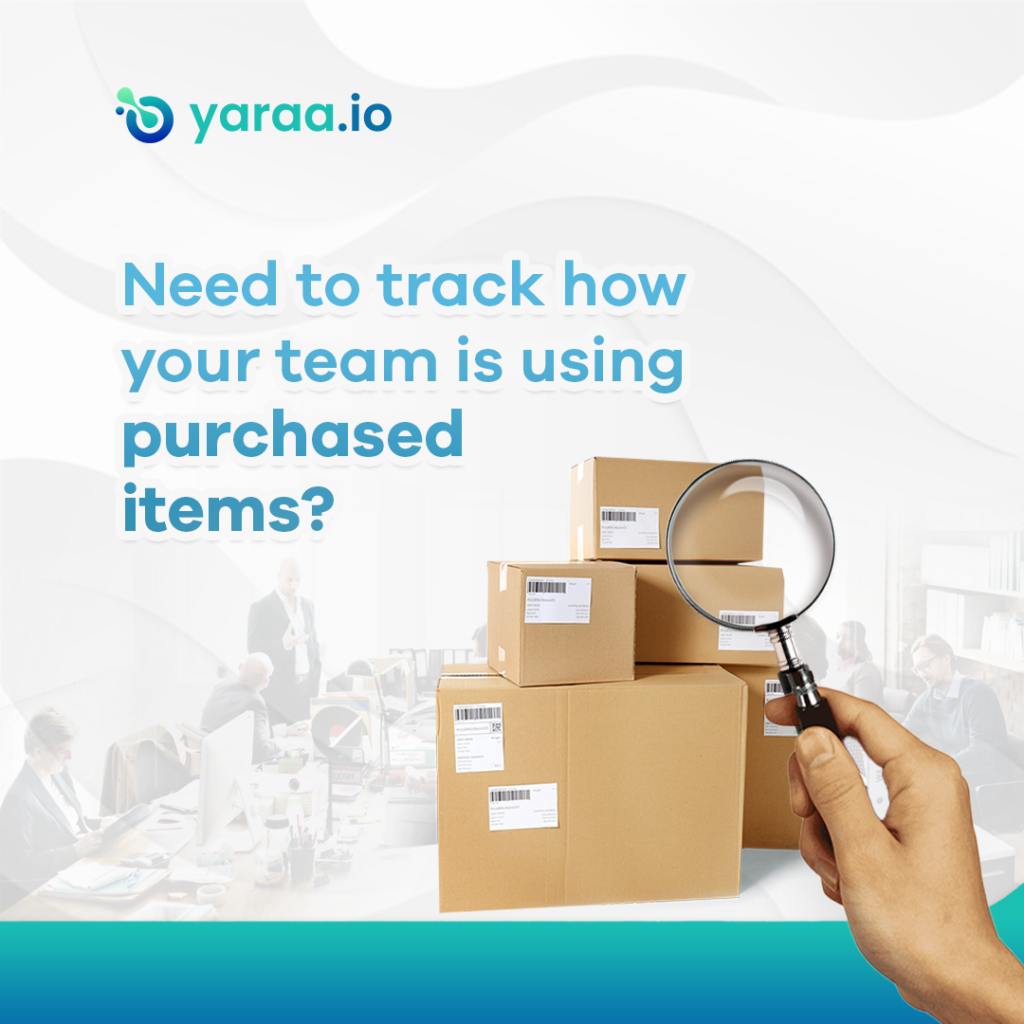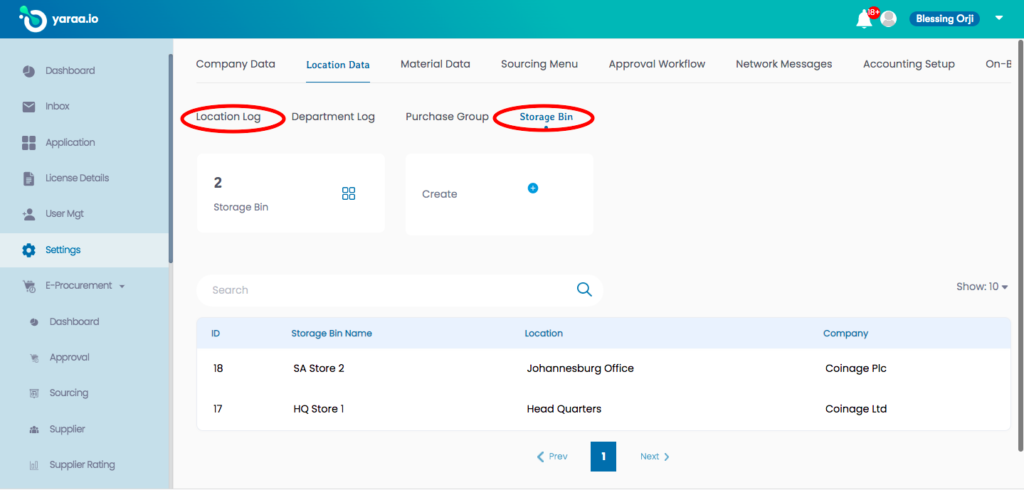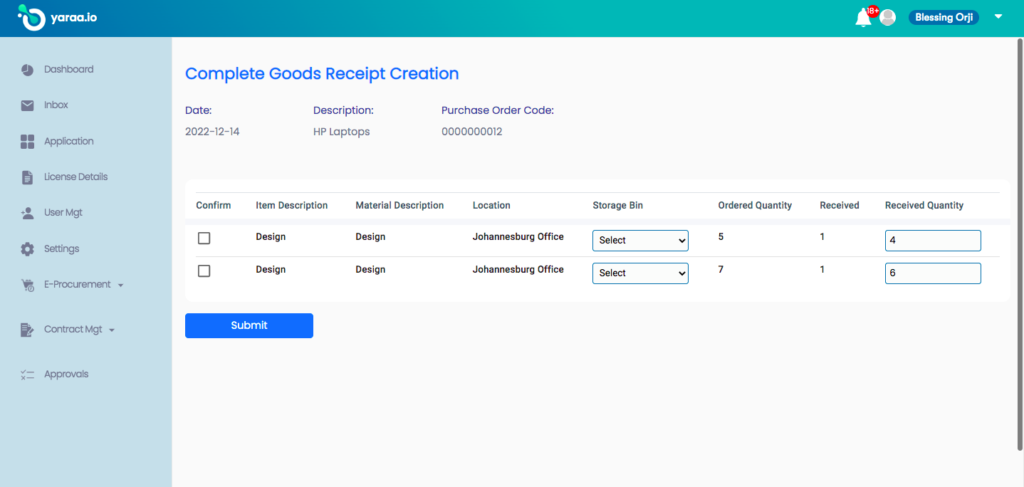Inventory management can be challenging, especially when dealing with large numbers of products or expecting big demand spikes in the future. It can be easy to fall behind in your business if you’re not sure how to effectively manage your inventory over time, which is why it’s important to follow these seven steps when streamlining your procurement inventory management process.
Step 1 – Understand Your Inventory
Inventory is an important factor in any business and a key part of the procurement process. To get started with inventory management, first, you need to understand what you have. Inventory can be anything from a physical product that is stocked on shelves or in warehouses, raw materials that are waiting to be made into finished goods, or material inputs like electricity and water. Once you know what you’re working with, the next step is figuring out how much you have. A good way to do this is by doing periodic inventories, which involves counting all of the items that fall under a certain category and recording them. You’ll want to know how many units there are for each item, where they’re located, and how long it would take for you to produce more if needed.

Step 2 – Create an Action Plan
The next step is to plan how you’re going to execute this. A good way of doing this is by creating an action plan. Create a timeline for executing the project and identify any potential obstacles that may come up. This will help you be more prepared for when those obstacles show up. It’s important not to get discouraged, because if anything goes wrong it’s always easier to change course than it is to continue with what isn’t working. Remember that change can be a really good thing!
Also read: HOW TO MANAGE YOUR ORGANIZATION’S BUDGET USING THE BEST BUDGET MANAGEMENT SOLUTIONS
Step 3 – Research
Once you’ve created an action plan, research the best ways in which to proceed. In this case, one might want to find out what other companies are doing as well as what government regulations they must comply with regarding their inventory management system.
Step 4 – Choose System Applications That Fit Your Business
Choosing the right system is just as important as choosing the right team members. Your system should be a reliable, cost-effective, and easy-to-use tool for managing your entire business. It should provide features that match the way you want to work and help you take full advantage of technology. The good news? Yaraa’s procurement solution has an efficient Inventory Management system streamlined to suit your needs.
How do you know if the application is the right fit? The best way is to ask yourself these questions:
- What functionality am I looking for?
- Will I need customization options, or can a standard version do the job?
- How often will I need updates?
- How much support will I need with setup and training?
Step 5 – Prioritize What Needs to Be Automated
If you are finding it hard to find time for the day-to-day tasks of managing your procurement inventory, you may want to start by prioritizing what needs to be automated. The first step is identifying which processes are causing the most inefficiencies and then attempting different ways of automating them so that they can be done remotely or with a click of a button. One example of an inefficient task is ordering new items. Every business has a certain number of suppliers they rely on, but all of these suppliers have slightly different terms and requirements. To make sure that you’re able to continue getting quality products without any interruptions, many companies will opt to automate their ordering process. There are numerous platforms available today that allow businesses access to millions of products from thousands of suppliers around the world.
Step 6 – Determine Inventory Application Goals
Sometimes it can be difficult to decide what type of inventory is best for a particular application. This is because various types of inventories have different features and benefits. For instance, some inventories are more prone to theft than others, which can make them unsuitable for certain applications. Some inventories also come with restrictions that can make them difficult for certain types of businesses. In this case, there may be an alternative inventory type that would better suit the application goals. It’s important to know what you’re looking for before deciding on an inventory system so that you don’t end up purchasing one of the wrong types.
Step 7 – Start Streamlining Processes
Inventory is a huge part of any business, and it can be costly when not managed properly. With the help of technology and some good old-fashioned organization, you can save money and time without sacrificing the quality of your products. With so many tools out there to choose from, you have plenty of options to find one that works best for you.
If this has sparked some ideas on how to make your process more efficient, congratulations! You are well on your way to saving yourself both time and money in the future!
Yaraa.io procurement solution has an efficient Inventory Management system.
Yaraa’s Inventory Management system has been streamlined and set up to make provisions for the user to easily add all the company locations and storage facilities.

The user is able to remotely receive goods and store in any chosen location and storage facility.

Users of Yaraa’s Inventory Management system can remotely monitor the movement of their goods and keep an accurate record of every step.

In conclusion, we recommend that businesses take the time to assess their needs and implement a system that will work for them, and to also consider these factors when selecting an inventory management system: what type of business you are running; the size of your company; whether you have an established purchase order process or not; and the amount of time you want to spend on maintaining the system.
done
Try new things